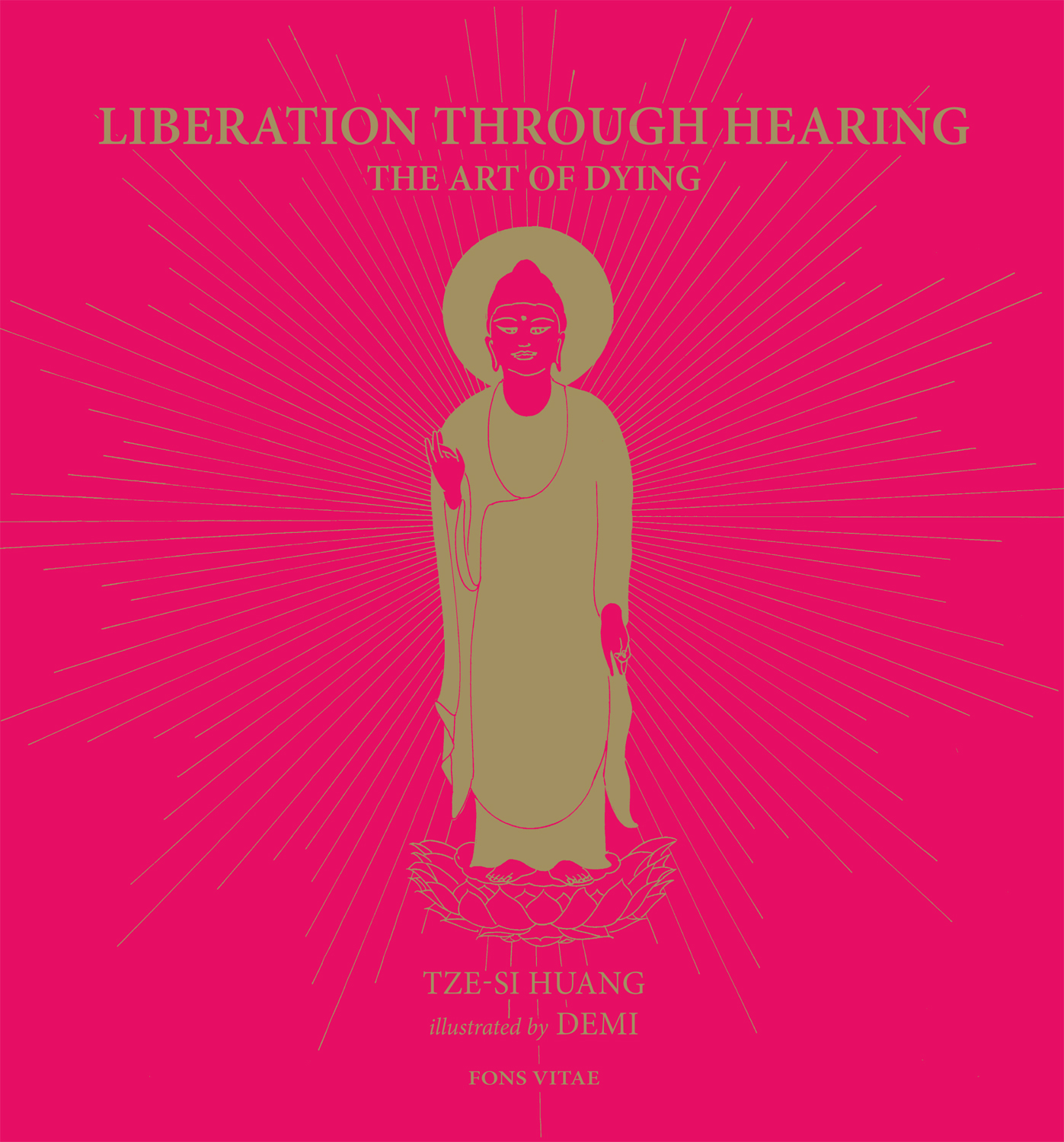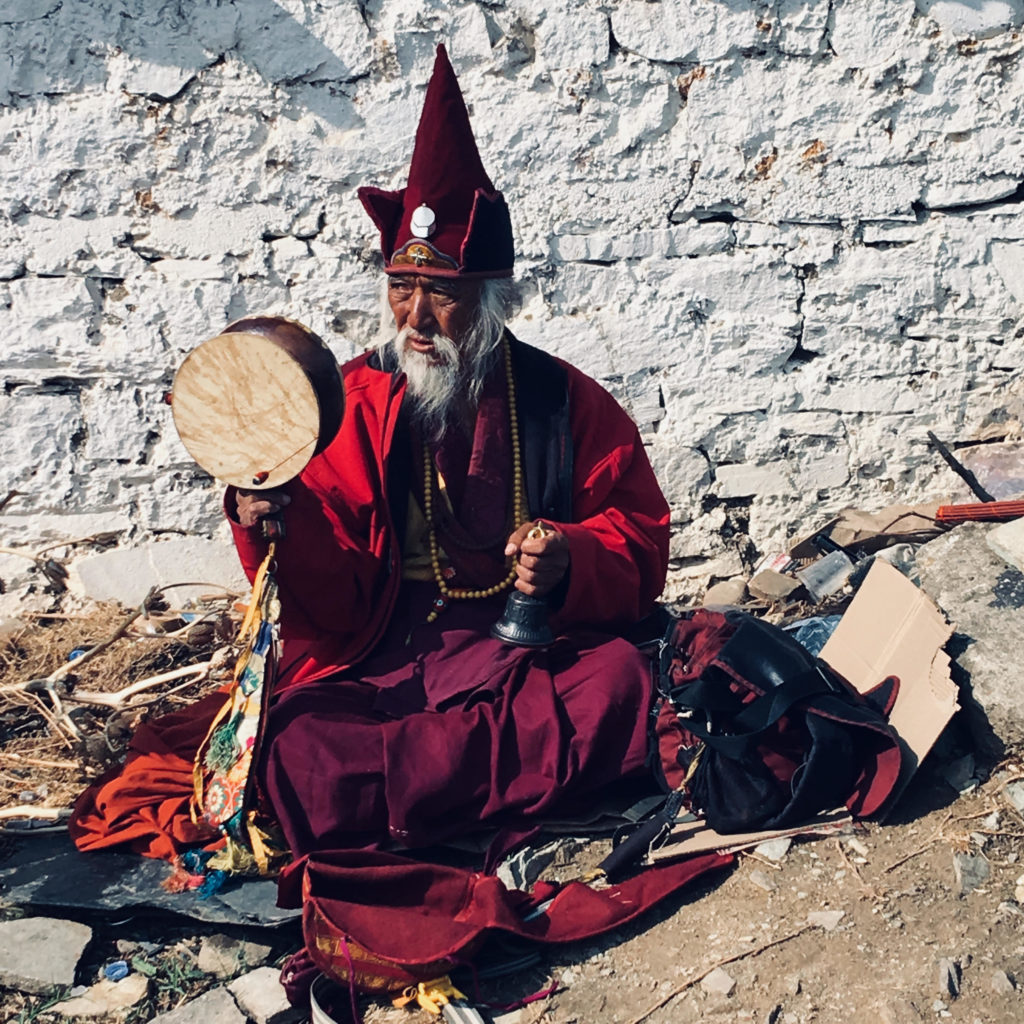Liberation Through Hearing The Art of Dying (Tibetan Book of the Dead) – Guru Rinpoche
$24.95
Liberation through Hearing, or more fully, The Great Liberation through Hearing in the Intermediate States (bar-do thos-grol chen-mo), has become widely known by its descriptive nickname used in the West, The Tibetan Book of the Dead. These secret teachings are attributed to the 8th century Indian Buddhist Master Padma Sambhava, also known as Guru Rinpoche, and are thought to have then been hidden in Tibet. Such a text is regarded as a “treasure” or terma (gter ma) text to be rediscovered later, as this one was by Karma Lingpa in the 14th century.
A number of legends have grown around Padma Sambhava’s life and deeds, and he is widely venerated as a ‘second Buddha’ across Tibet, Nepal, Bhutan, and the Himalayan states of India. The Nyingma School considers Padma Sambhava to be a founder of their tradition.
A person of any tradition who is inspired or who wishes to be liberated from the cycle of existence and attain enlightenment in the process of dying, can apply these step by step teachings. The author of this profound and beautifully illustrated book has been a Buddhist practitioner for more than 30 years.
- Paperback
- 978-1941610-084
- 112

